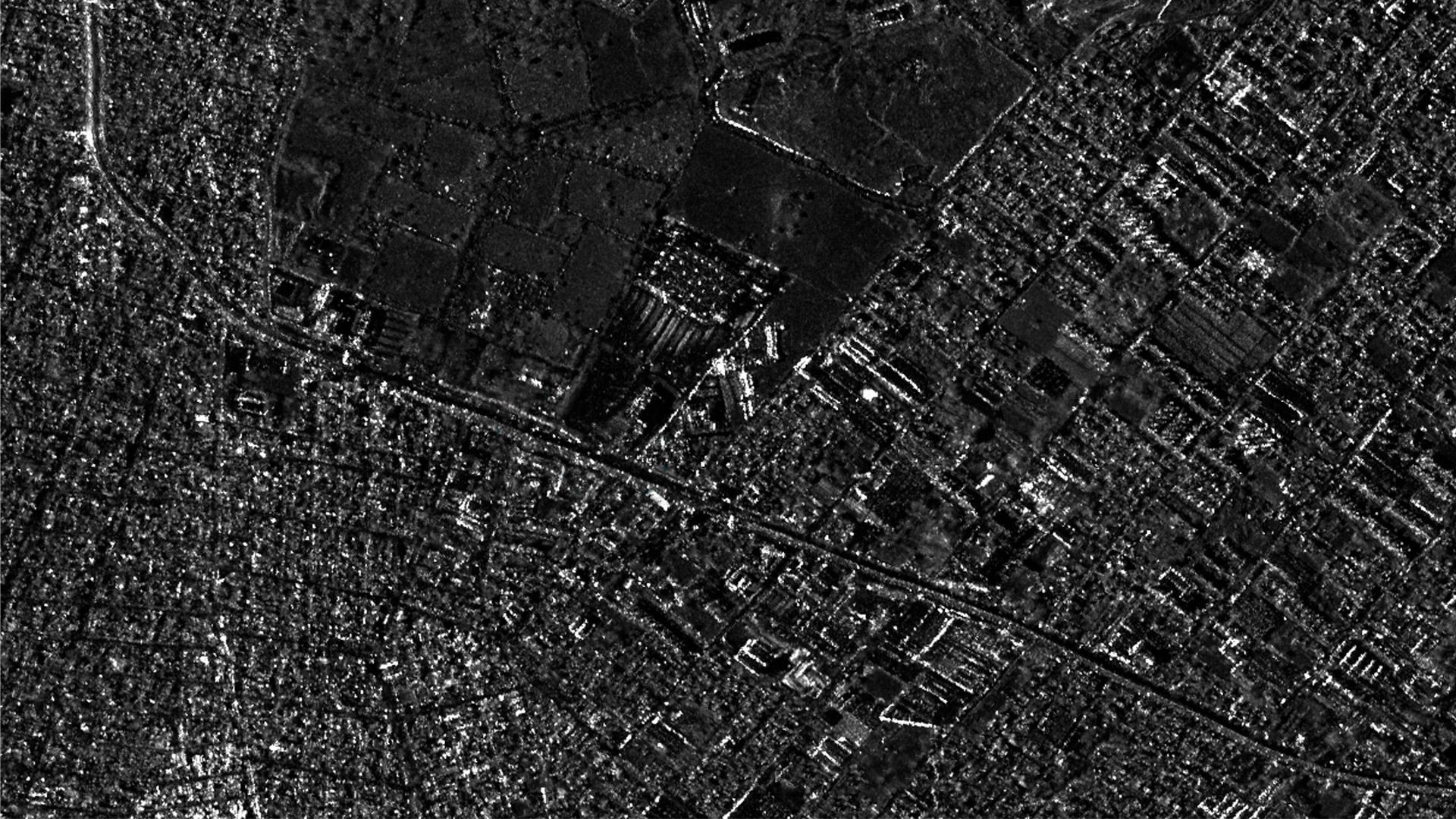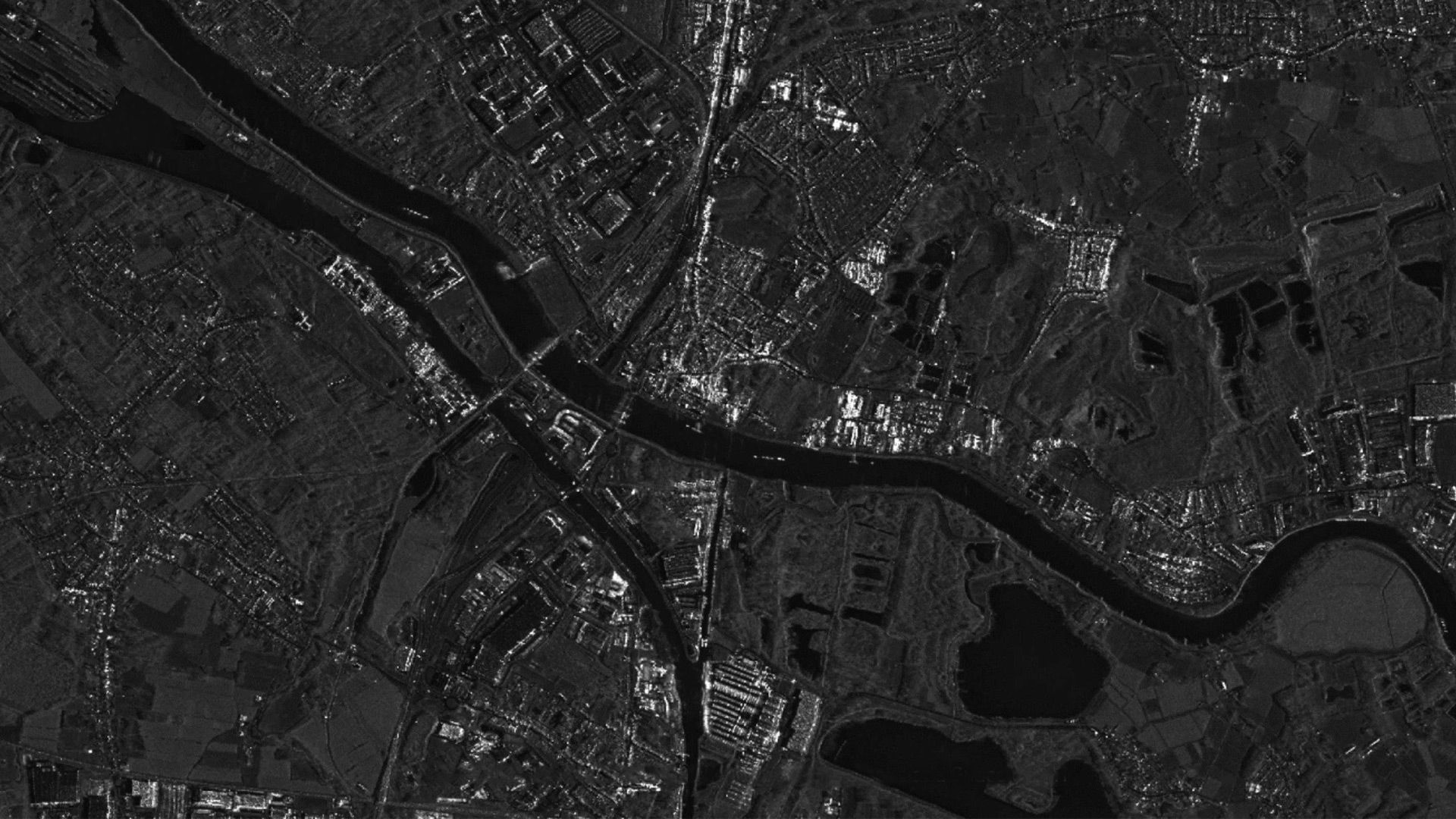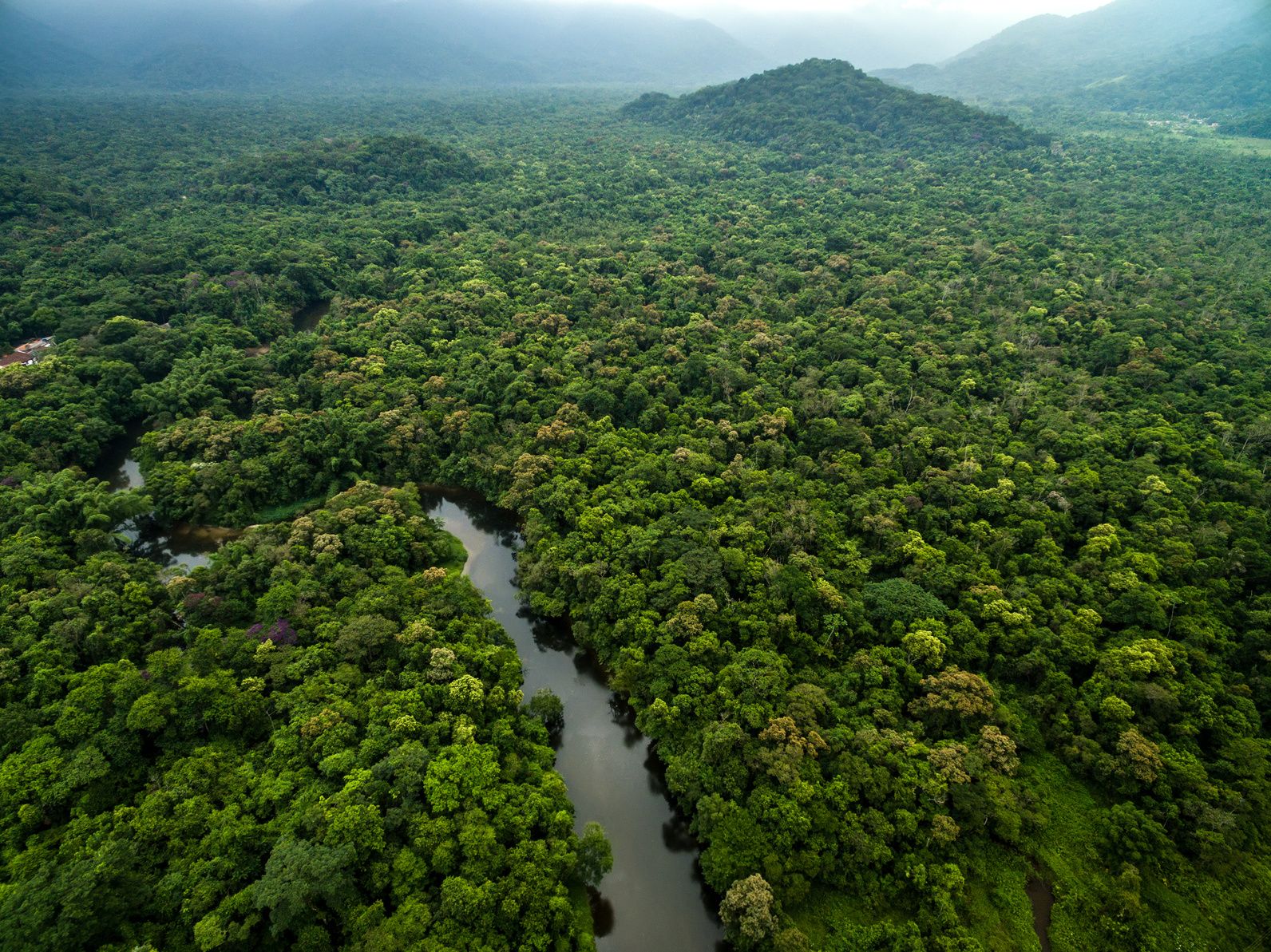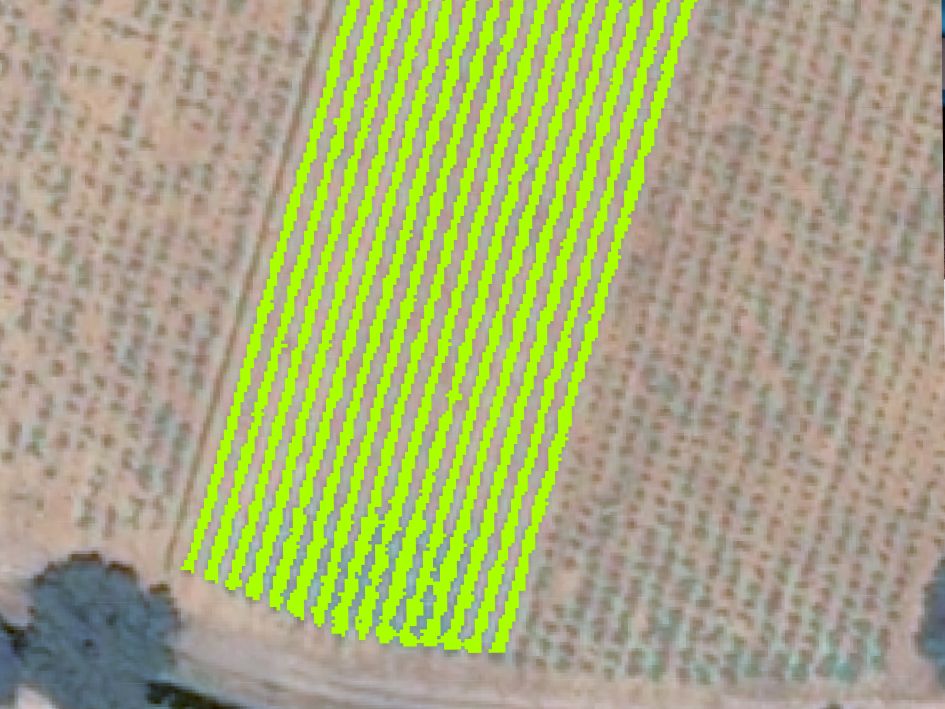
Home
Newsroom
Case Studies
Pléiades Neo
Detection of Vine Rows using P...
Vine Row detection with Airbus Pléiades satellite imagery
Understanding the inter and intra-plot heterogeneity of vineyards is a crucial issue in ensuring the stability of wine production and income. Based on vine vigor assessments derived from SPOT satellite imagery, Œnoview offers a proven and globally recognized service designed to address that challenge and cater to the needs of winegrowers, ultimately enhancing profitability and wine quality.
The introduction of Pléiades Neo imagery opens up new possibilities for products and applications with higher resolution, enabling precision work at the vine row level and thereby enhancing the accuracy of Œnoview.
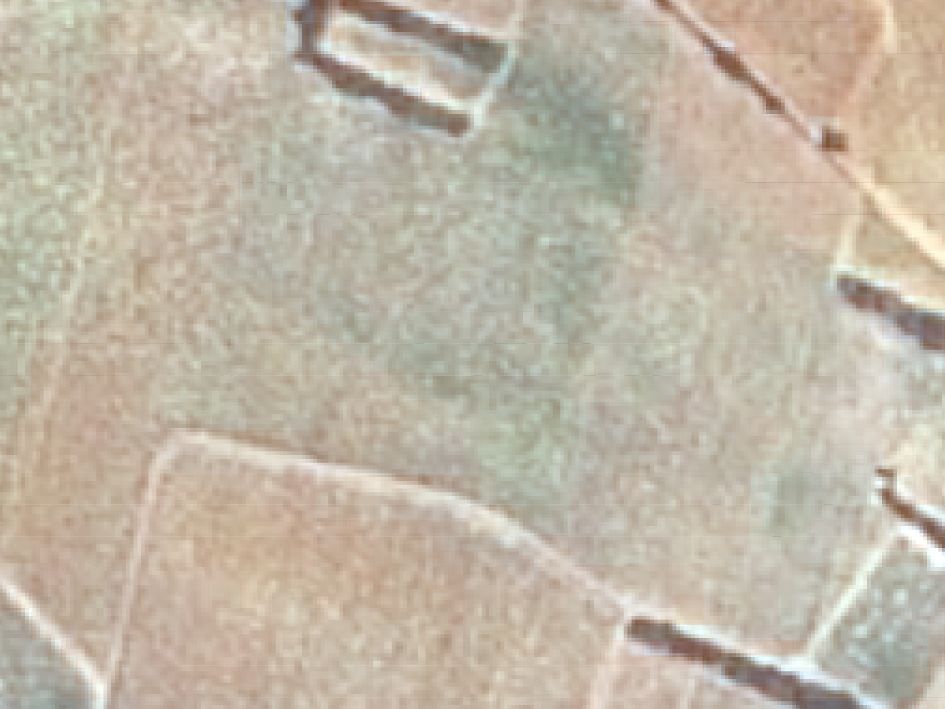
The challenge lies in the ability to automatically detect vine rows with Pléiades Neo imagery in various agricultural practices (management systems, grassed/ungrassed plots, different inter-row and inter-vine distances).
This development will allow (1) to provide more accurate vine-vigor estimations especially for grassed vineyards and (2) to address news innovative products such as missing plants detection.
Pléiades Neo images were acquired in summer 2021 and 2022 over vineyards in the Bourgogne, Bordeaux and Vallée du Rhône viticulture regions. Two different methods aiming to automatically detect vine rows have been tested and show interesting preliminary results as illustrated in the figures below.
TerraNIS is currently validating the performance of the methods over a set of vine plots with diverse practices in order to further develop an automatic tool to detect missing vine plants.


- Benefits for the vine and wine industry: Enhance the quality of wine through the refinement of agricultural practices. Adjust fertilizer and fungicide dosages based on the precise measurement of the actual vine leaf area to be treated.
- Economic impact: Realize increased yields and improved economic outcomes.
- Environmental impact: Mitigate the use of chemical products through more accurate estimation of vine plot requirements, thereby reducing the environmental footprint of agricultural practices.
- Social impact: Improve the image of viticulture by providing tools to reduce the impact of agricultural practices on the environment.

TerraNIS is a French SME that develops and provides services in viticulture, agriculture, and land management. These services, available both in France and internationally, are based on the integration of indicators derived from satellite image processing, data from various sources (weather data, field measurements, open-source data, etc.), agronomic models, and/or artificial intelligence techniques.
TerraNIS offers Earth observation services primarily based on satellite imagery, thanks to dual in-house skills: agriculture and remote sensing expertises.
Want to know more?
Our sales team will be happy to provide you more information about this case study and how it can meet your business needs.

